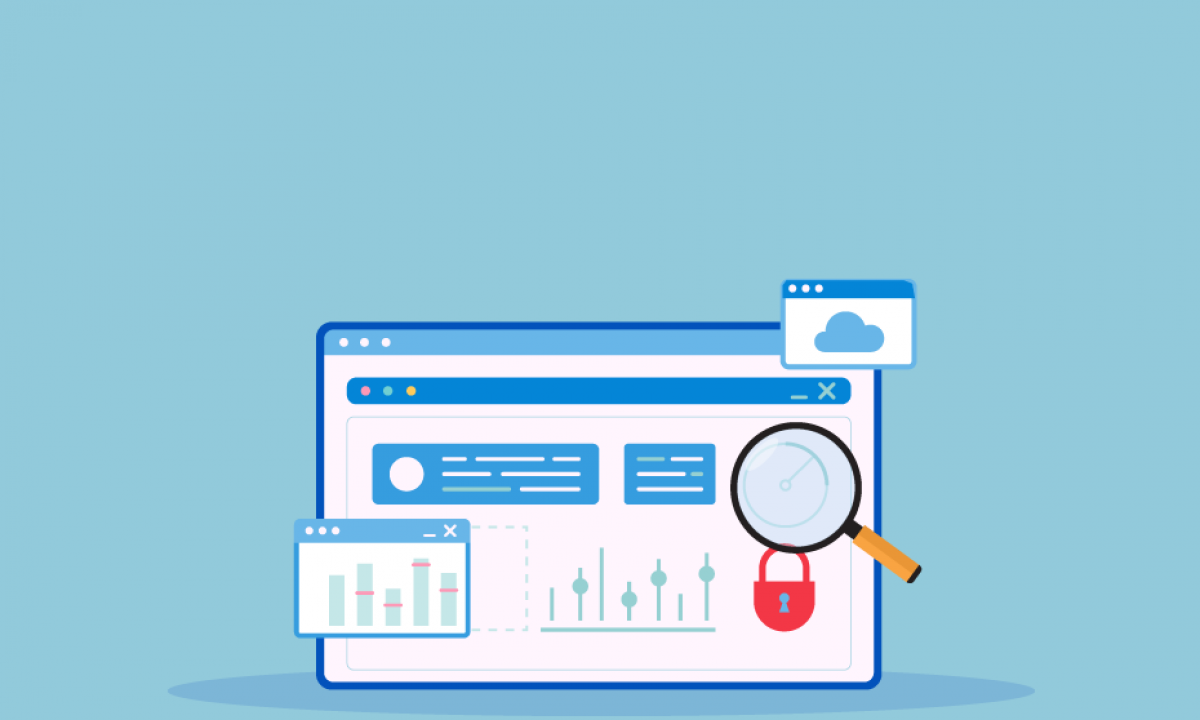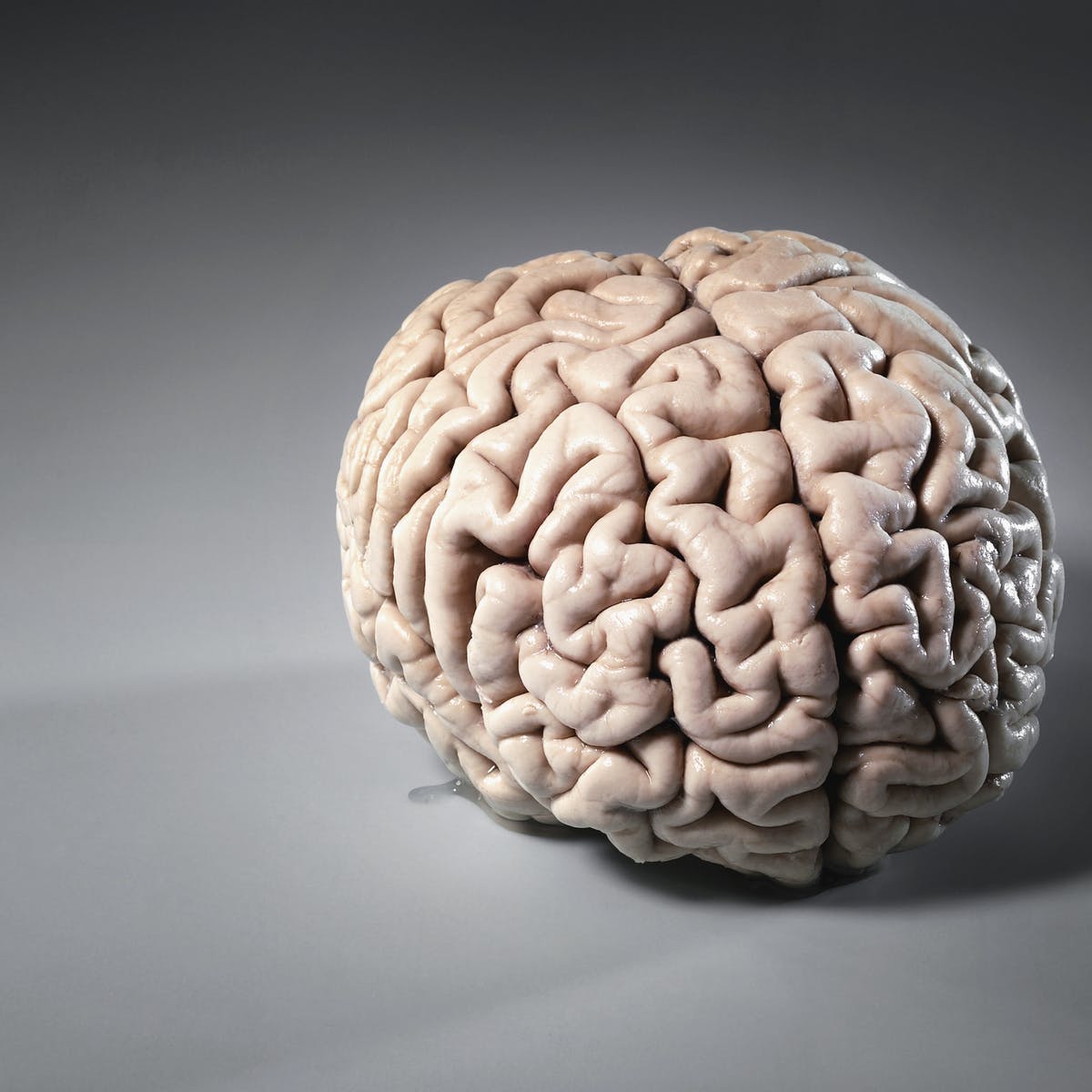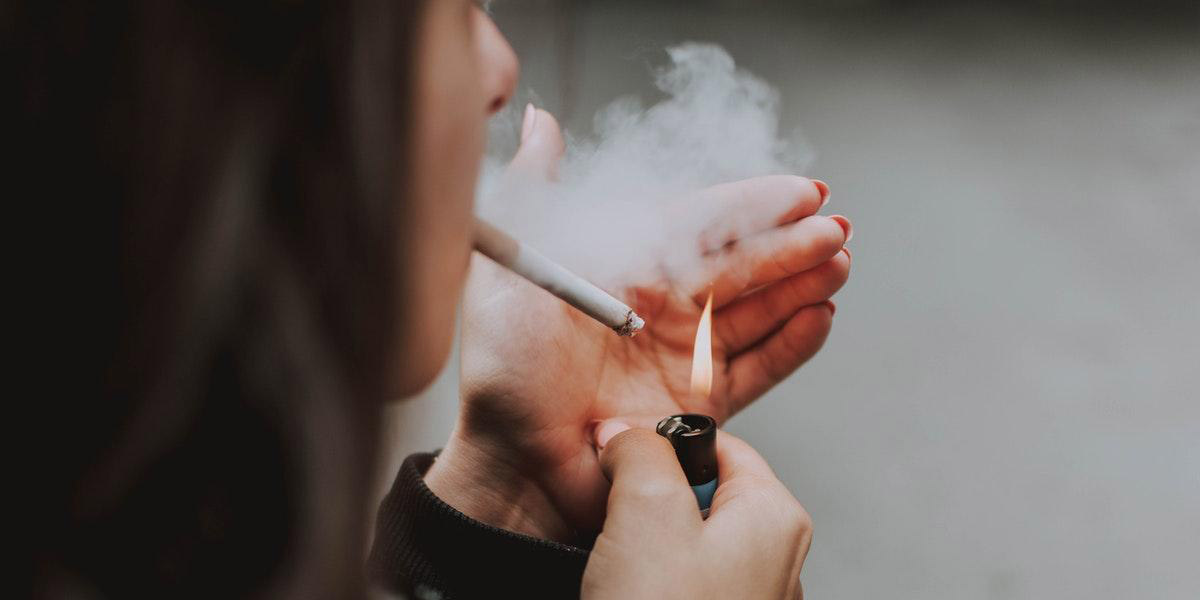How to create an addictive experience?
Satisfie
Companies mapping their digital strategy often tell me their goal is to get leaders to think. But after the in-depth depth of the psychological drivers of conversations with websites and mobile applications, clearly the conversation should be about behavior, not leadership. The goal is not to make consumers think about your product, but to integrate it into their daily routine. And as a result, hold the drive. Let me explain.
I left home the next morning and headed for the train, leaning on the train, but I can't remember my life if I keep the front door locked. Even after making several misleading calls to neighbors I found that I had. Like many of you, I leave home at the same time every day as part of my daily routine.
Satisfied Customers are Your Best Advertising Strategy
Checking Facebook? Yes, using a mobile app is just as much a psychological habit as daytime family activities, like locking the door as soon as you get out of the house. A study by Duke University found that 45 percent of our daily work habits are harvested. Your challenge as an app developer is to make your solution part of that 45 percent.
Brains are happy when they don't think.
How does using a mobile application become a habit like locking the front door? Let's see what happens to our brain when we make habits.
Your brain likes routines. Routine allows you to follow the same route to work every day while your brain does other things like thinking about the presentation of your work. Routine frees up your brain's resources for more complex tasks. This is why our brain rewards us for our routines and encourages us to create more routines. For example, after we turn on the light switch several times and turn on the light, our brain will learn that this is to be expected. After several similar repetitions, a new association is formed, and this behavioral pattern enters our nervous system - a new habit is formed.
This is how customers develop habits. As we already know, habits, rather than conscious decision-making, shape about 45 percent of our daily choices.
And one thing that brains love more than routine: Positive surprises. Positive surprises provide dopamine explosions that are three to four times larger than habitual rewards. Did your team win the big game? You will get a dopamine burst. Got 500 likes for the blog post you wrote? You will get a dopamine burst.
Thus, in the case of applications, we need to avoid abstract goals such as thought leadership and focus on clearly defined actions. The conversation about your application should be about behaviors that will increase user engagement. What do you want your customers to do? Check your application with friends? Open it twice a day and take a certain step? Share content? Click? Read?
Our brain can only convert behavioral actions into routine. The simpler the operation, the faster your users can get used to it. While we can precisely define the specific behavior we're trying to initiate, we can quickly move on to the real question that app developers should ask themselves: How can we engage users with the desired behavior and how can we? Transform from a conscious action to a subconscious habit?
Trigger habit formation behavior.
BJ Fogg, a researcher at Stanford University, suggested that you need three things for human behavior: motivation, power and a trigger.
External triggers guide us to what we need to do next (for example, the Like button on Facebook or the Play button on an embedded video). This is important for the smooth functioning of the users in your application and it should be fully considered in the user interface design. But in order to connect your application to the needs of real users and to create associations that lead to practice, you need to understand their internal triggers closely.
Internal triggers are internal motivations that force us to use external triggers. When it comes to applications, internal triggers are the ability to use and retrieve our preferred applications. We use WAZE to establish a sense of control when it comes to traffic or arriving at a new destination in an uncertain environment. When we get bored we play Candy Crush.
Whenever we work on these internal triggers we get our dopamine rewards, which further strengthens our behavior. In all of the above apps and many more, we've got a nice surprise bonus - a Facebook Messenger message, game prizes, or any other small surprise that bursts the dopamine that makes the habit loop even stronger. You can find more information about internal / external signals in Nir Yaal's book - Hooked.
How to practice your application.
Get started by identifying one or two common patterns of behavior attached to your application and designing signs and rewards around it. If the types of behavior you choose are simple enough and the rewards are targeted, it will provide repetitive motivation. Behavioral repetitions initiate the formation of new associations, which evolve into habits.

So, when thinking lead is a high marketing goal, remember that it is your end users who want to engage with your users.
How habit becomes addiction
We have to try a lot to get up on time just to go to the gym first and start exercising. Then it becomes a routine to do that work every day and we don't have as much trouble in the beginning as we have to try in the beginning. In the same way, gambling, smoking, uncontrolled drinking, brushing teeth, etc., become our daily habit.
How do these habits develop? And how do some habits become addictive?
How do we develop habits?
There are three stages to developing a habit. The first is cue (or context or behavior or type of work), the second is response, and the third is reward. These are driven by a goal. We respond to a variety of environmental behaviors, and our brains interact with behavior and its consequences. This is how we learn to do the same thing over and over again. And this action or behavior develops in us to move towards a certain goal. For the most part, these goals are flexible and variable, but our habits gradually become more permanent. Even if the aims or objectives of the habits are no longer important, their programs remain in one place.
With the addition of neural circuits to the brain, habits gradually become more permanent. This is especially true if the response is positive or long lasting. This is why people cannot break their long-standing habit.
One can try to understand the matter with an example. For example, you are very hungry. Then you suddenly see that there is a very tempting cake arranged inside the shop. The cake here is cue; Hunger is human behavior or context. The cake you ate responded to the behavior; This created a good feeling in you and your body started trying to maintain this process again and again (and that is the ultimate goal). An additional type of positive response is possible here. For example, if you feel good after eating a cake, that behavior will motivate you. So the next time you see the cake, our brain acts as an autopilot and will encourage you to eat that cake again and again.
But when it does more harm than good, bad habits are born in us. For example, if someone is under stress, then he tends to eat sweets. When we eat sweet foods, the news of what we eat reaches our brain through our physical signals. So when we feel stressed, it is the brain that motivates us to eat cake or ice cream. Because we used to feel good after eating that food, so we want to wake up that feeling again and again. It acts as a kind of reflection.
Another example can be given in this case. For example, smoking cigarettes. Each of us may have some friends who are very comfortable with a cigarette in their hand, holding a cigarette in their mouth while driving and emitting smoke. Then that feeling seems very happy. People then think of themselves as different people from the crowd. But despite trying many times, people still smoke 15 years after leaving college. Maybe this attempt is sometimes successful, but whenever a person is under any stress he starts smoking again.
The prefrontal cortex of the brain plays a major role in this. This part of the brain helps us develop reasoning, decision making, and creativity. The prefrontal cortex tells us that uncontrolled drinking or smoking is a bad habit.
This is the first part of the brain that loses its ability to function under stress. This impairs our reasoning and decision making ability. For this reason, when a person is a victim of stress, he tends to develop bad habits. Although he knows that this bad habit will not help him in any way.
Our habits develop from learning about rewards. While habits help us to survive, some habits also accidentally harm us. For example, obesity and tobacco are one of the leading causes of death in the world.
All habits have a strong result, which helps the brain to decide how a habit will work the same way the second, third and fourth time after the first time.
But what happens to addiction like gambling? Stephen Kendall, a Behavioral Psychologist who has studied the effects of habit and its effects, explains the power of habit and its effects. He kept two pigeons in the nest of two birds and they had one lever each. The pigeons of a house ate food every time they moved the rod. The other house pigeon's tendency to eat was spontaneous. Kendall noticed that the lever placed next to the pigeon in the second house was moved more often than the other.
The same principle applies to gambling. In this case, out of curiosity, people get greedy to get more than what they have. The same principle applies when children play with a device. Kendall explained after the experiment that the strength of the habit is gradually strengthened through repeated results.
Habits become problems when they damage our social, personal and professional life. One needs to test oneself when one is unable to do any work without smoking or is forced to eat chocolate every time with a little stress. At the root of every addiction is human habit. Although there are other factors behind addiction such as persecution, impulsiveness, etc., the causality of the habit of addiction is the same as other habits.
Read on to find out more - can you break the habit?




great explanation. this should be done do get a good habit.
Thank you so much for the important feedback